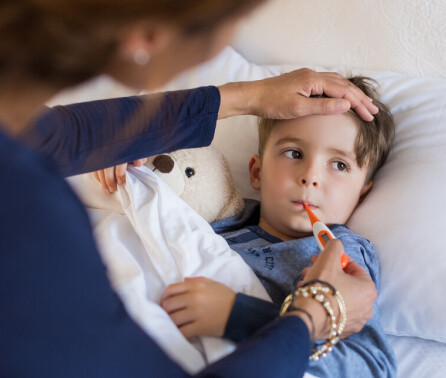BibTex format
@article{Johnson:2020:10.1080/20469047.2019.1598126,
author = {Johnson, SM and Vasu, V and Marseille, C and Hill, C and Toussaint, P and Battersby, C},
doi = {10.1080/20469047.2019.1598126},
journal = {Paediatrics and International Child Health},
pages = {25--29},
title = {Validation of transcutaneous bilirubinometry during phototherapy for detection and monitoring of neonatal jaundice in a low-income setting},
url = {http://dx.doi.org/10.1080/20469047.2019.1598126},
volume = {40},
year = {2020}
}
